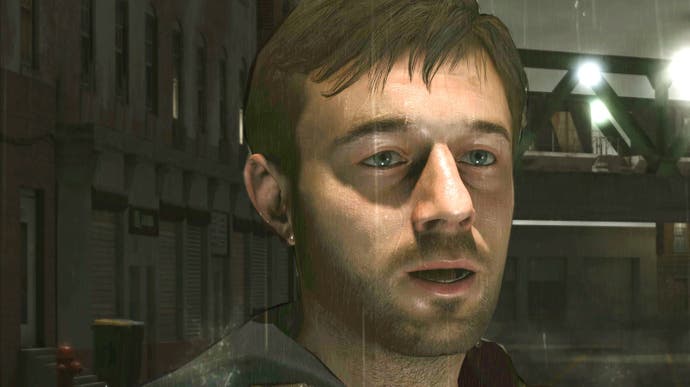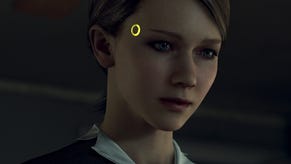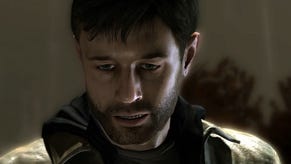Revisiting Heavy Rain: Quantic Dream's PC debut tested
Here comes the rain again.
Getting on for a full decade after its initial PlayStation 3 release, Quantic Dream's cornerstone classic - Heavy Rain - is now available on PC, albeit restricted to patrons of the Epic Games Store. Releases for Beyond: Two Souls and the much more advanced Detroit: Become Human are en route too, so what can we expect from the developer's PC debut?
Heavy Rain made its first splashes as a work-in-progress title with a demo snippet leading up to the launch of the PlayStation 3, showcasing remarkable character rendering technology for the time. The final release developed a cult following of sorts for a variety of reasons (Jason!!) and it's also known for the craft and great level of detail in put into its individual scenes. A PS4 port followed, upgrading the game to 1080p resolution, adding post-process effects like screen-space ambient occlusion while improving performance and eliminating the original's off-putting penchant for intrusive screen-tearing.
As I see it, the arrival of these PC ports is very exciting - Quantic Dream's games have always been ambitious in terms of technology on their respective platforms. Being able to have those historical technological advances catalogued for eternity on PC brings a smile to my face. But just how good are the ports?
Overall, I'd say that Heavy Rain is solid, boding well for the other titles - but there are some teething issues. Booting up the game and setting resolution to 4K, things didn't look right. Bizarrely, after a spot of pixel-counting (not usually required for a PC game!) I found that Heavy Rain was rendering at 1440p instead. Resetting resolution and restarting solved the issue but the game handles this aspect in a different manner to other PC games.
Borderless and fullscreen options seems to be much the same, where the game internally scales up your chosen in-game resolution to your desktop display resolution. For example, choosing the 1080p in-game on a 4K display scales up 1080p internally to your 4K desktop resolution. It means you have a nice native scaling option and the benefits of borderless window mode, but it's a also negative as downsampling requires you to downsample your desktop and you can unwittingly lock yourself out of choosing the proper refresh rate you want to be using.
Heavy Rain never received a PS4 Pro upgrade, so the PC version is welcome in that you can finally exceed the 1080p30 profile of the PlayStation 4 remaster. However, unless you did into .ini files, your frame-rate options in-game consist of a 30fps or 60fps cap. If you want to go higher, go into the config file, change both vertical sync options to 0 and load up the game again, utilising v-sync from your graphics control panel, or by utilising borderless windowed mode and setting your desktop resolution and refresh rate to your desired level. This generally works surprisingly well in my experience - yep, you can enjoy every yell of "Jason!" or "Shaun!" at 120Hz or higher should you so wish.
Even without a fully unlocked frame-rate, 60fps is a wonderful upgrade over the console versions and is in fact the greatest differentiator between the PS4 and PC versions of the game at first glance - animations are just that much smoother than the PS4 release. Since this game has no real motion blur of the object or camera variety, any bit of extra smoothness helps. That said, there are some relics of the console release there: sometimes camera movement or specific animations in some scenes locks to 30fps. Thankfully, these artefacts are few and far between and they're never game breaking - just the legacy of a game originally designed around a 30fps frame-rate.
Increased resolution and frame-rate are the greatest improvements over the console builds, which some might consider a disappointment - but this is mostly in line with the majority of last-gen PC ports. And there are some more minor improvements under the hood on top of that here. Anti-aliasing is much improved over the original, offering FXAA and SMAA options which can be used in combination with 2x, 4x or 8x MSAA. Image stability is vastly improved, with much better handling of the dreaded 'jaggies'.


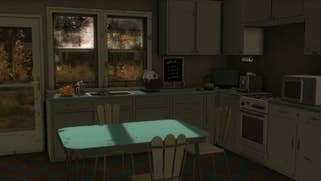






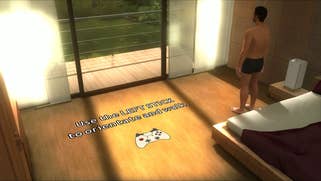

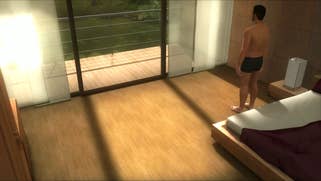
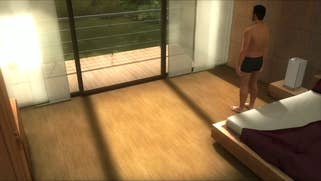
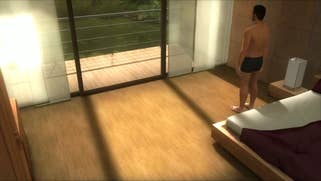
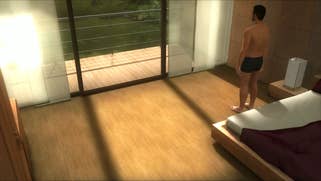
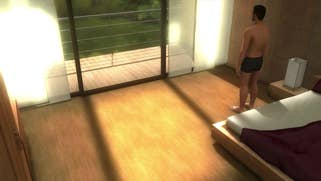
The last real tangible settings upgrade over PlayStation 4 is the choice to turn ambient occlusion off, or use HDAO or HBAO instead. HDAO looks to be the closest visual match for the PS4 build, but at the same time, even this has fewer 'halo' style artefacts than the console build, where PS4 seems to have outlines surrounding many objects regardless of their actual world position . HBAO in comparsion to HDAO eliminates that halo more often than not, while still adding in ambient shade. The look is different, but I would recommend HBAO as the preferred option here.
But that is really where the upgrade over the PlayStation 4 remaster ends: resolution, frame-rate, anti-aliasing, and ambient occlusion - that's your lot.. Every other direct comparison I carried out confirms that PC's high setting is equivalent to the output delivered by PlayStation 4. There are some further image quality differences I look at a little more closely in the video, such as mipmapping differences, more saturated colours and bloom intensity that doesn't quite seem right at anything other than the PS4's original 1080p resolution.
Performance? Well, this is a PS3 remaster so the system requirements are slight. A GTX 1060 using SMAA anti-aliasing with HBAO and everything else on high plays mostly at 4K60, with just heavy alpha effects causing drops into the 50s, while scenes with multiple viewpoints drop that further into the 40s. AMD's RX 580 performs a little faster than GTX 1060 - seeing little to no drops at all in gameplay, but still suffering in those moments when multiple viewports enter the fray.
Most modern gaming-level GPUs should easily be able to deliver 1080p maxed and the biggest factor getting in the way of a locked 60fps can be your choice of CPU. Frame-rate drops can occur when multiple inner thought text options pop up on-screen. Here, your FPS can go from a steady 60 to a middling 50 something or even down into the 40s. This happened for me using a Ryzen 7 1700X, but didn't manifest at all using a Core i5 8400. Either this is an engine issue with Ryzen, or specifically some limitation with Ryzen - as the differences in single-thread performance I have come to expect with the AMD processors do not account for this oddness.
The last difference with the game stacked up against the console version is something of a welcome 'upgrade' in my opinion: as standard you are using a mouse or keyboard or other xinput control device meaning that a lot of the original game's motion control segements are translated into thumbstick flicks or depressions. Honestly, this makes the game so much more enjoyable and less tedious than it was before. I always felt this game was bogged down in the tedium of having do these controller shakes or spins.
Overall though, while the conversion work is hardly revelatory, the PC version of Heavy Rain is a welcome release. It liberates the game from the console environment, and ensures it will run on an open and ever-improving platform. It looks better than the PS4 version and has the benefit higher resolutions and frame-rates. Meanwhile, the age of the game also means it runs really nicely on a vast array of PCs out there. It could use a patch or two to clear up the outstanding issues but overall, I enjoyed my time with this one and I'm looking forward to Beyond: Two Souls - and especially the Detroit: Become Human port.
